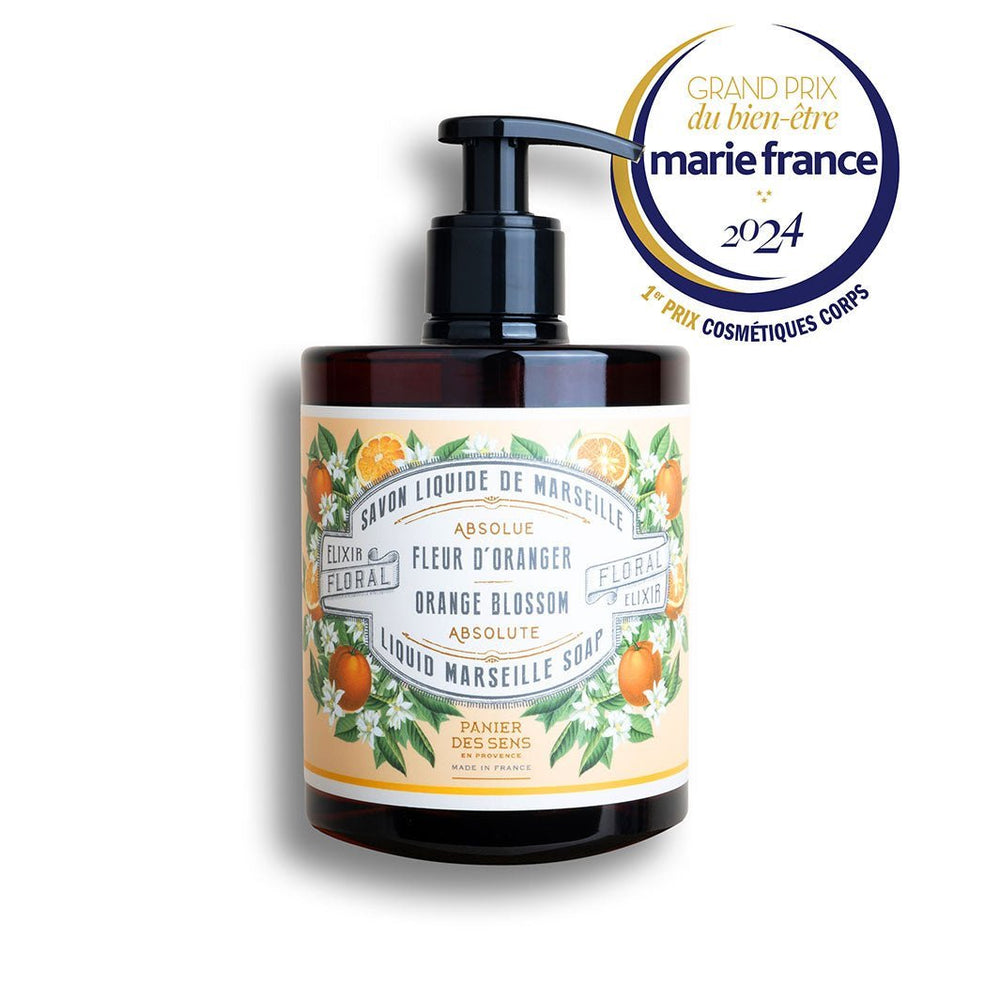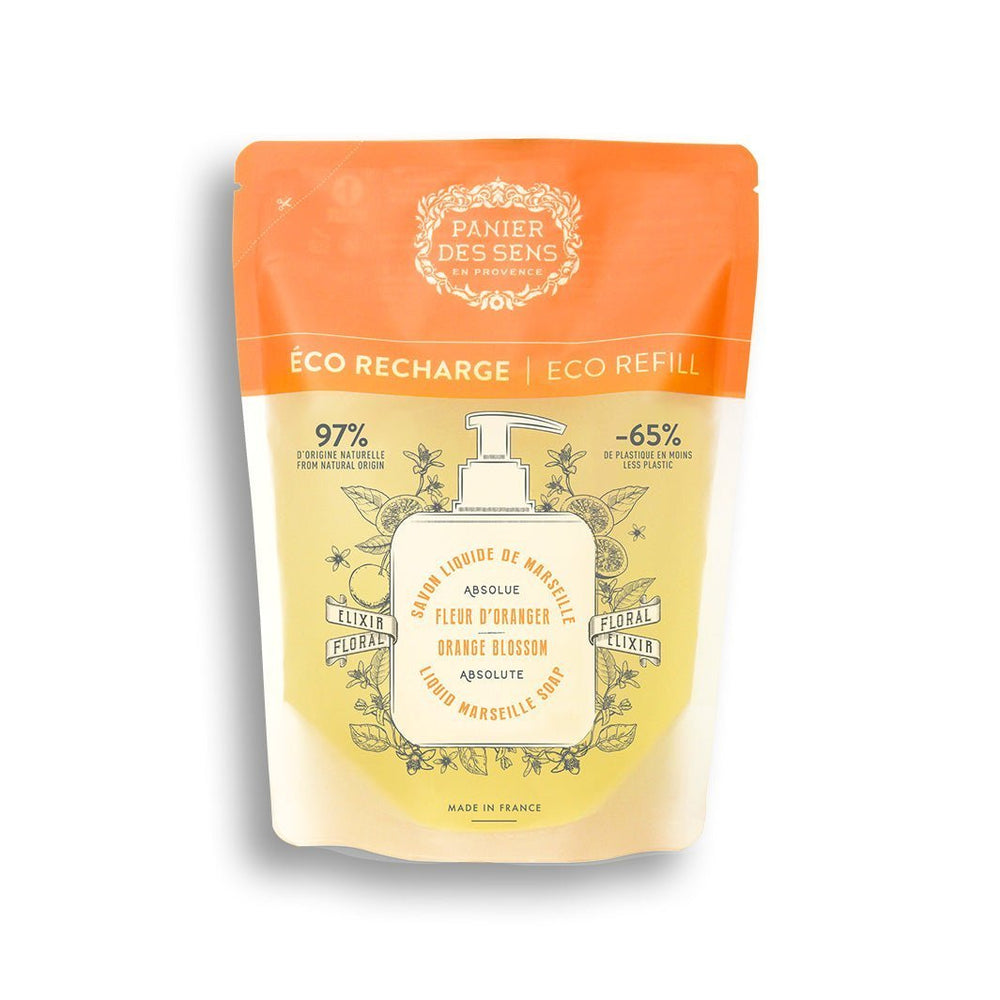Why do some eaux de toilette more expensive than others?
Have you ever noticed that some eaux de toilette can be significantly more expensive than others? The mystery of this price disparity lies mainly in the combination of precious ingredients, sophisticated manufacturing methods and distinctive branding strategies. Let's explore why some eaux de toilette worth the investment.
We begin by examining the impact of rare and precious ingredients on cost, then delve into the quality of raw materials. Then we'll unveil the subtleties of the manufacturing process, from distillation to artisanal techniques.
Finally, we'll look at the crucial role of brand positioning and packaging in the perception of luxury. Prepare yourself for a captivating immersion in the world of eaux de toilettewhere every detail counts.

Ingredients in eaux de toilette and their impact on price
Use of rare and precious ingredients in certain eaux de toilette
The eaux de toilette often contain rare and precious ingredients. Imagine yourself enveloped in a fragrant veil of exquisite essences such as oud, a woody resin native to the Middle East, or iris pallida, whose laborious harvesting makes it an olfactory treasure. These exceptional raw materials are not to be found on every street corner; they require specific conditions to be cultivated and extracted.
For example, saffron, known for its rarity and high cost, can add a spicy, luxurious dimension to your fragrance. Similarly, sandalwood from Mysore in India is prized for its creamy, sweet notes. The quest for these precious ingredients involves not only a significant financial investment, but also meticulous research to guarantee their authenticity and quality.
Quality of raw materials used in eaux de toilette
The quality of raw materials plays a crucial role in the composition of eaux de toilette eau de toilette. An eau de toilette composed with natural essences from sustainable harvests will offer unparalleled depth and complexity compared to those using synthetic aromas. Take neroli, for example, delicately extracted from bitter orange blossoms; its extraction process requires particular expertise to capture all the floral freshness without altering its aromatic properties.
Some companies also favor certified organic essential oils to guarantee not only purity but also environmental respect. These ethical choices add extra value to the final product you wear on your skin. By opting for these noble raw materials, you choose not only a unique fragrance but also a refined sensory experience that reflects your sophistication.
The manufacturing processes for eaux de toilette and cost
Distillation and extraction in the manufacture of eaux de toilette
The manufacturing process for eaux de toilette is based on time-honored techniques that require perfect mastery. Distillation, for example, is an essential method for extracting essential oils from plants. Imagine yourself in a traditional workshop, where every drop of essence is the fruit of meticulous expertise. Rose petals are gently steamed to release their bewitching fragrance, while citrus zests are pressed to capture their fresh, sparkling notes.
Extraction using volatile solvents or enfleurage is another popular technique, particularly for fragile flowers such as jasmine or tuberose. These methods preserve the olfactory integrity of the raw materials, guaranteeing the exceptional quality of the resulting fragrances. However, these laborious processes require considerable time and resources, which is naturally reflected in the final price of the product.
Craftsmanship versus industrial processes in eaux de toilette eaux de toilette
The difference between ahandcrafted eau de toilette and an industrially produced one lies mainly in the attention to detail and the quality of the ingredients used. Artisan perfumers work in small quantities, favoring a personalized approach where each bottle tells a unique story. They carefully select the purest natural essences and often collaborate with local producers who respect the environment.
On the other hand, industrial processes focus on quantity rather than quality. Synthetic flavors frequently replace natural extracts to reduce production costs. While this may enable some brands to offer their products at a more affordable price, it does so at the expense of complexity and olfactory richness.
Take vetiver, for example: when extracted by hand from roots grown in Haiti or Java, it reveals all its earthy, woody depth. In synthetic versions, this essence unfortunately loses its natural complexity. So, choosing between an artisanal or industrial process often comes down to a choice between authenticity and affordability.
Did you know that some perfumers still use the "macérat" technique? This technique involves leaving essences to rest for several months, allowing them to reach full olfactory maturity before being incorporated into final compositions.
Understanding these differences not only allows you to appreciate your favorite fragrance more fully, but also to invest wisely in a product that truly matches your values and expectations.
The positioning and branding of eaux de toilette on the market
Brand awareness and its influence on eau de toilette prices eaux de toilette
When it comes to eaux de toiletteit's impossible to ignore the major impact of brand reputation on the final price. A perfume house with a rich history and prestigious heritage brings undeniable added value to its creations. Imagine strolling through the cobbled streets of Grasse, the cradle of French perfumery, where each house tells a unique story, woven over the decades.
Brands like Panier des Sens invest in research and development to create unforgettable fragrances. They collaborate with the world's best noses to create complex, refined olfactory compositions. This quest for excellence is naturally reflected in the higher cost of the products. When you choose aPanier des Sens eau de toilette , you're not just paying for a perfume; you're investing in a symbol of elegance and sophistication.
What's more, these brands often enjoy worldwide recognition thanks to their iconic advertising campaigns and famous muses. This prestige helps reinforce the luxurious aura surrounding their products, justifying a higher price tag in the eyes of discerning consumers.
The marketing and packaging of eaux de toilette eaux de toilette
Marketing also plays a crucial role in the perception of luxury associated with certain eaux de toilette. Prestigious houses don't just create an exquisite fragrance; they wrap each bottle in a complete sensory universe that seduces from the very first glance. The packaging then becomes a work of art in itself, meticulously designed to reflect the very essence of the fragrance it contains.
Take, for example, crystal bottles by Baccarat or Lalique: these veritable jewels transform every spray into an elegant ritual. The use of noble materials such as gold or silver to adorn the stoppers adds an even more precious dimension to the whole.
The customer experience is also carefully orchestrated from the first visual contact to the opening of the luxurious box containing your favorite eau de toilette . Limited or numbered editions create a sense of exclusivity sought after by discerning connoisseurs.
In short, investing in a top-of-the-range eau de toilette means treating yourself to much more than just a perfume: it means embracing an entire refined universe where every detail counts and every drop tells a unique story.
We recommend these other pages:







































